Document cameras are an excellent tool for educators looking to enhance their teaching and bring more interactive experiences to the classroom. These versatile devices can be used in a variety of ways to engage students and make learning more dynamic. In this blog post, we will explore 5 creative ways to use document cameras in the classroom for educational and video conferencing purposes, as offered by Dynamiccom in Dubai.
1. Real-Time Demonstrations:
One of the primary ways document cameras can be used in the classroom is to provide real-time demonstrations. Educators can use the document camera to display a close-up view of a textbook, an experiment, or a piece of artwork, allowing all students to have a clear view of the subject matter. This can be especially useful in science and art classes, where visual learning is essential. Additionally, with the rise of video conferencing in education, teachers can use document cameras to broadcast live demonstrations to remote students, ensuring an inclusive learning experience for all.
2. Student Presentations:
Document cameras empower students to share their work with the class. Whether it's presenting a project, showcasing a piece of creative writing, or displaying a solution to a math problem, students can use the document camera to present their work clearly and effectively. This promotes confidence and active participation among students, as they can visually share their work with the entire class. For remote learning scenarios, the document camera can help in broadcasting student presentations during video conferencing sessions, promoting collaboration and engagement.
3. Annotating Texts and Diagrams:
Document cameras enable educators to annotate texts, diagrams, and other visual aids in real time. This capability can be a game-changer in subjects like English, where teachers can highlight specific passages from a book or article, or in mathematics, where they can work through problems step by step. Furthermore, during video conferencing, educators can use the document camera to share annotated materials with remote students, ensuring that the content is engaging and easy to follow.
4. Modeling Writing and Handwriting Skills:
For language arts and early education classrooms, document cameras can be used to model writing and handwriting skills. Teachers can showcase proper letter formation, sentence structure, and overall handwriting techniques, allowing students to observe and learn in real-time. In a video conferencing setting, this provides remote students with the same opportunity to observe and learn from the teacher's demonstrations, maintaining the integrity of the classroom experience.
5. STEM Experiments and Demonstrations:
Document cameras are invaluable for demonstrating science experiments and STEM concepts. Educators can use the document camera to display close-up views of experiments, allowing all students to observe the procedures and results clearly. This can be particularly beneficial for remote or hybrid learning situations, where the document camera can bridge the gap between in-person and remote students, ensuring that everyone receives an enriched learning experience.
In conclusion, document cameras are a versatile tool for educators, offering numerous possibilities to enhance teaching and learning in both physical and virtual classrooms. Whether used for in-person instruction or integrated into video conferencing setups, document cameras from Dynamiccom in Dubai can greatly benefit educators and students by fostering interactive, engaging, and inclusive learning environments.



